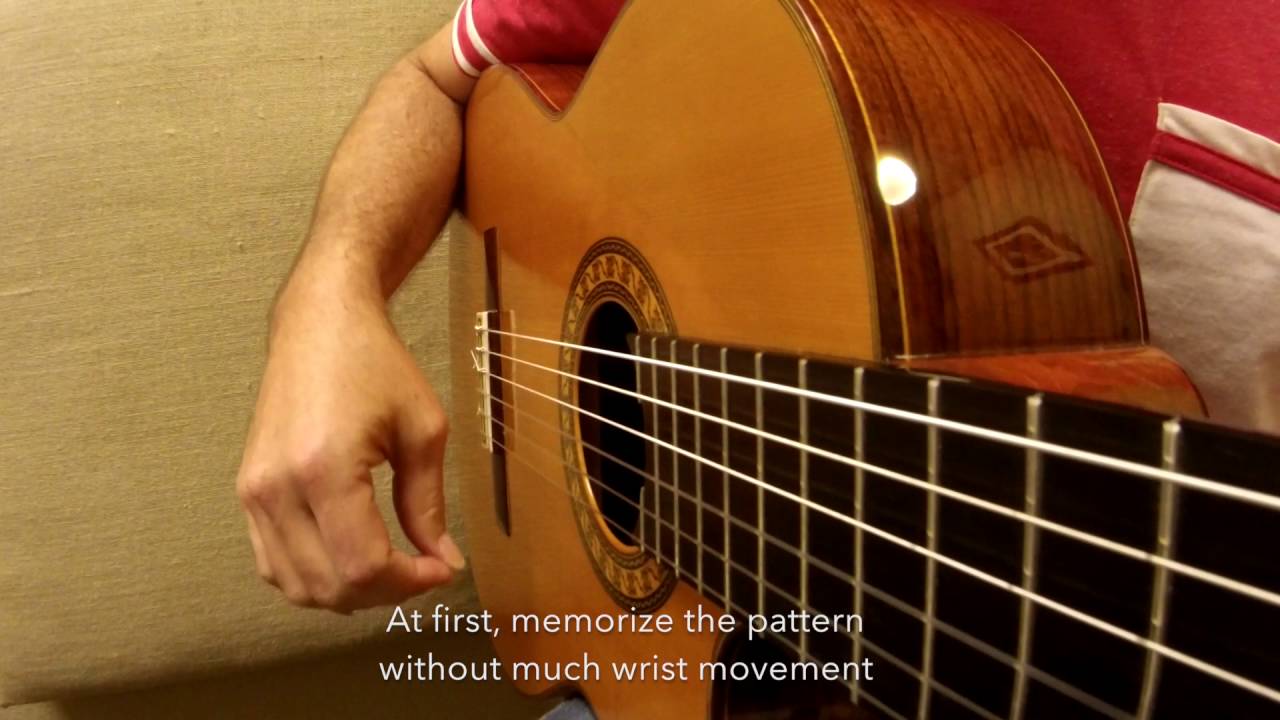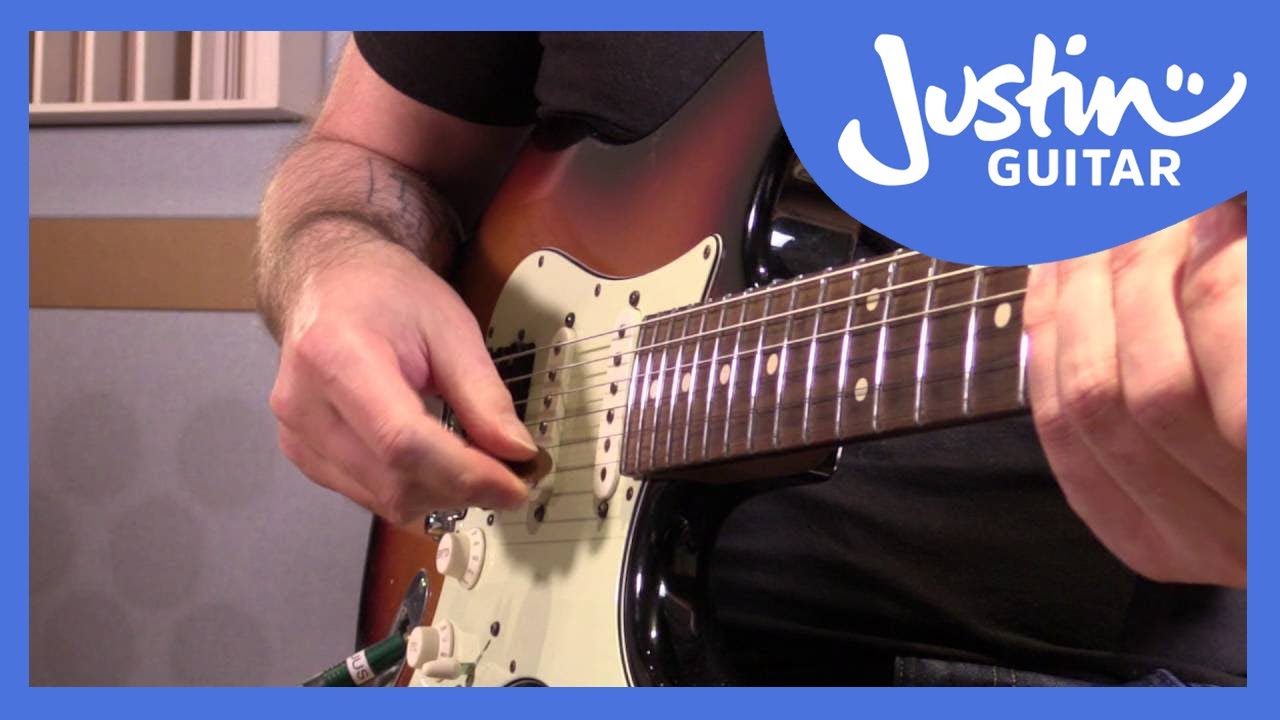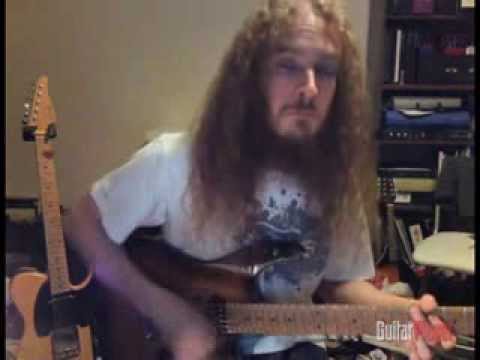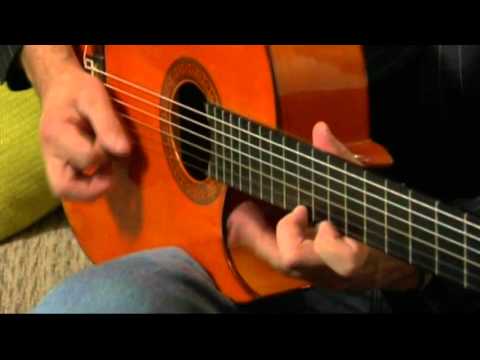Be as Socratic as you like, @Troy; we’re all sitting here at your feet, if you haven’t noticed;) But yeah, I take your point. And truthfully, I do have my own opinion about whether initially forcing some speed is helpful for other areas of technique: so far, I haven’t encountered any.
I think it’s probably pretty much just a pickslant thing. The nice progress that my teenager is making with chords, for example (he just started playing), I think that’s happening specifically because he’s not practicing the changes fast. When you’re new to chording, speed kills. But again, the older I get, the more often I’m surprised by the answers to questions like this. So I try to keep asking them:)
Another example of ‘slow and steady wins the race’ might be vibrato. I was a little impatient to get the sound I heard on recordings and ended up doing what I came to understand is violin vibrato. Nothing wrong with that necessarily, but I all I could do was a subtle, skinny little waiver of sound - not the wavy, wide, voluptuous vibrato I was really going for. When I started over and worked slowly, it finally started to come.
Okay, so unless someone wows me, I’m gonna assume that slow-and-steady is the way ahead for most things - unless we’re talking pickslanted lead play.






